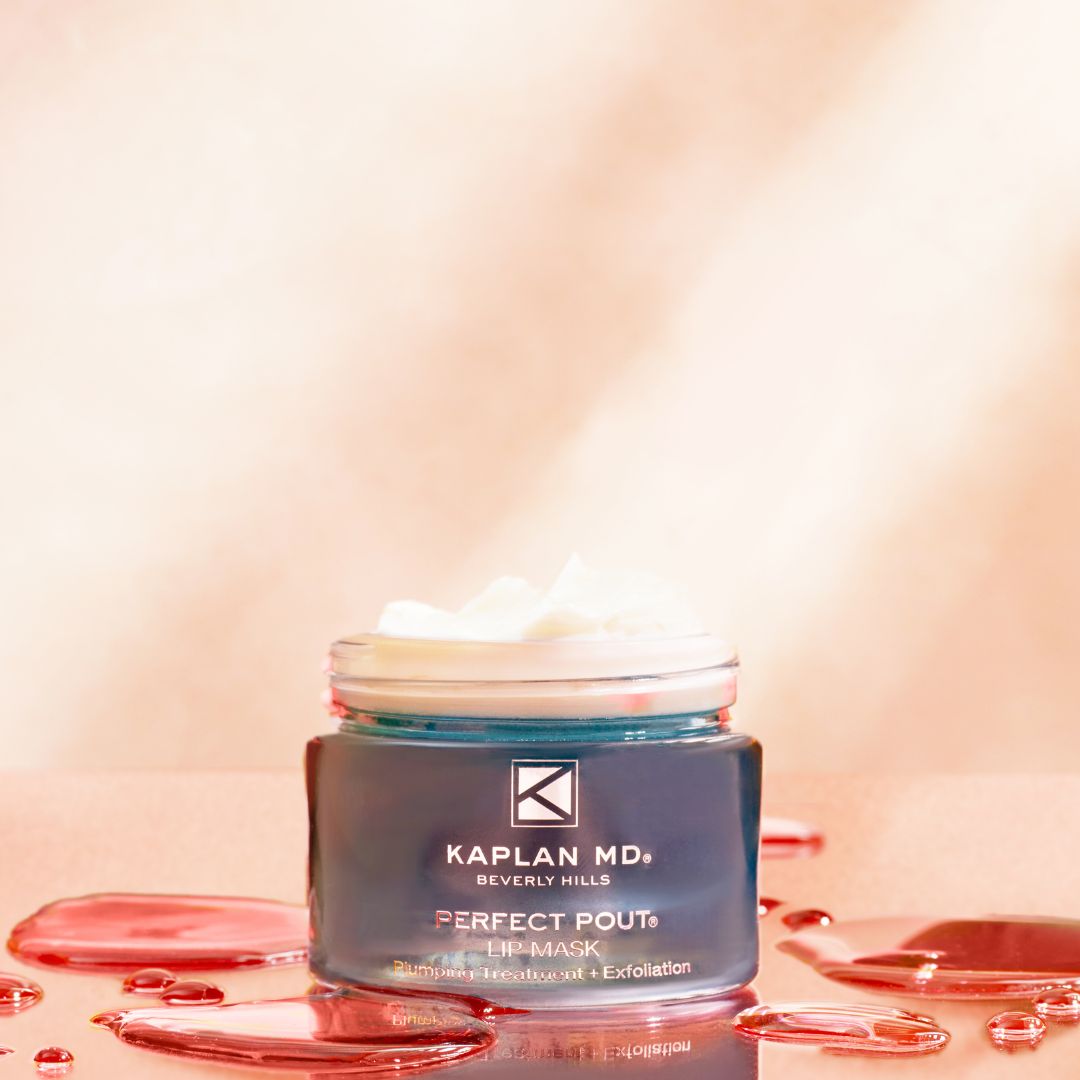Bestsellers
Skincare
Collections
The Common Parasite That Looks Exactly like Psoriasis
April 19, 2018 3 min read
The Off the Record series features real-life excerpts from Dr. Kaplan's dermatology case files.
The patient, an elderly female, was brought into my office by her son with pancake-sized patches of dry, scaly skin all over her body. For months the patient, who lived in a Senior Living facility, had been experiencing extreme itching to the point where her skin was raw and bleeding from the scratching. She had seen three other physicians and had been diagnosed with psoriasis, eczema and extremely dry skin. She was prescribed various creams to alleviate the pain, as well as sedatives and sleeping pills to help her sleep more comfortably at night. Despite this, her condition continued to worsen.
When I walked into the room, I could tell almost immediately that the patient was suffering from a parasite known as Norwegian scabies. I requested permission to scrape a piece of skin for microscopic testing, but her son refused, stating that her skin had already been sent off for testing by another physician and had come back negative for scabies. I explained to him that if the doctor removes skin and does not test it immediately, or properly preserve it, the skin will simply degrade, and all living organisms within it will die and decompose. This will yield a false negative result. Once her son understood, I obtained a sample of her skin, and examined it under a microscope. I saw mites, eggs and fomites (feces) in the skin sample, and was able to formally diagnose and treat her.
Norwegian scabies is a more severe version of the traditional scabies, and is occurs most frequently among very young, old, or immunocompromised people, especially for patients living in nursing homes and hospitals. The scaly, dry patches that cover the body look very similar to the ones caused by psoriasis and severe eczema, but have a large number of mites and eggs in the crusts on the skin. It is important to do a skin test, and examine it immediately, especially if a patient presents with any of these symptoms, or if the patient is being treated for eczema or psoriasis, and their condition is not improving. Once a patient contracts Norwegian scabies, transmission is very easy. Any time you have skin to skin contact with someone who is infected, you risk becoming infected yourself, and spreading the infection to other people. Even something as simple as shaking hands can result in transmitting the infection.
The proper treatment protocol is a combination of an anti-scabetic cream and oral medication to kill the mites and prevent the spread of infection. All clothing and linens should be washed and dried on high heat to kill any remaining mites. A second course of treatment should be done one week later to kill any eggs that may have survived the first treatment. Gloves and gowns should be used when in contact with infected people. As always, practice effective hand washing after skin to skin contact with others to prevent the transmission of scabies, as well as passing other bacteria and infection. This means lathering up with soap and warm water for at least 20 seconds, and making sure to clean the backs of hands, underneath nails, and between the fingers.
Stuart Kaplan, M.D. has been in private practice in Beverly Hills for over 28 years. His expertise in medical and cosmetic dermatology has made him one of the leading dermatologists in the nation, and has earned him worldwide recognition as a Skincare Authority.
Inspired by the needs of his patients, he created KAPLAN MD Skincare. As a dermatologist, Dr. Kaplan helps patients to feel comfortable in their own skin, while helping their skin communicate a beautiful story.
This is what KAPLAN MD is all about – Real skincare solutions made with integrity.
To learn more about KAPLAN MD, click HERE.
Also in Dermatology Blog
Get 15% Off Your First Purchase
Stay in the loop with exclusive discounts, expert skincare tips, the latest news, and more. Don't miss out on the opportunity to elevate your skincare routine and save on your favorite products.











